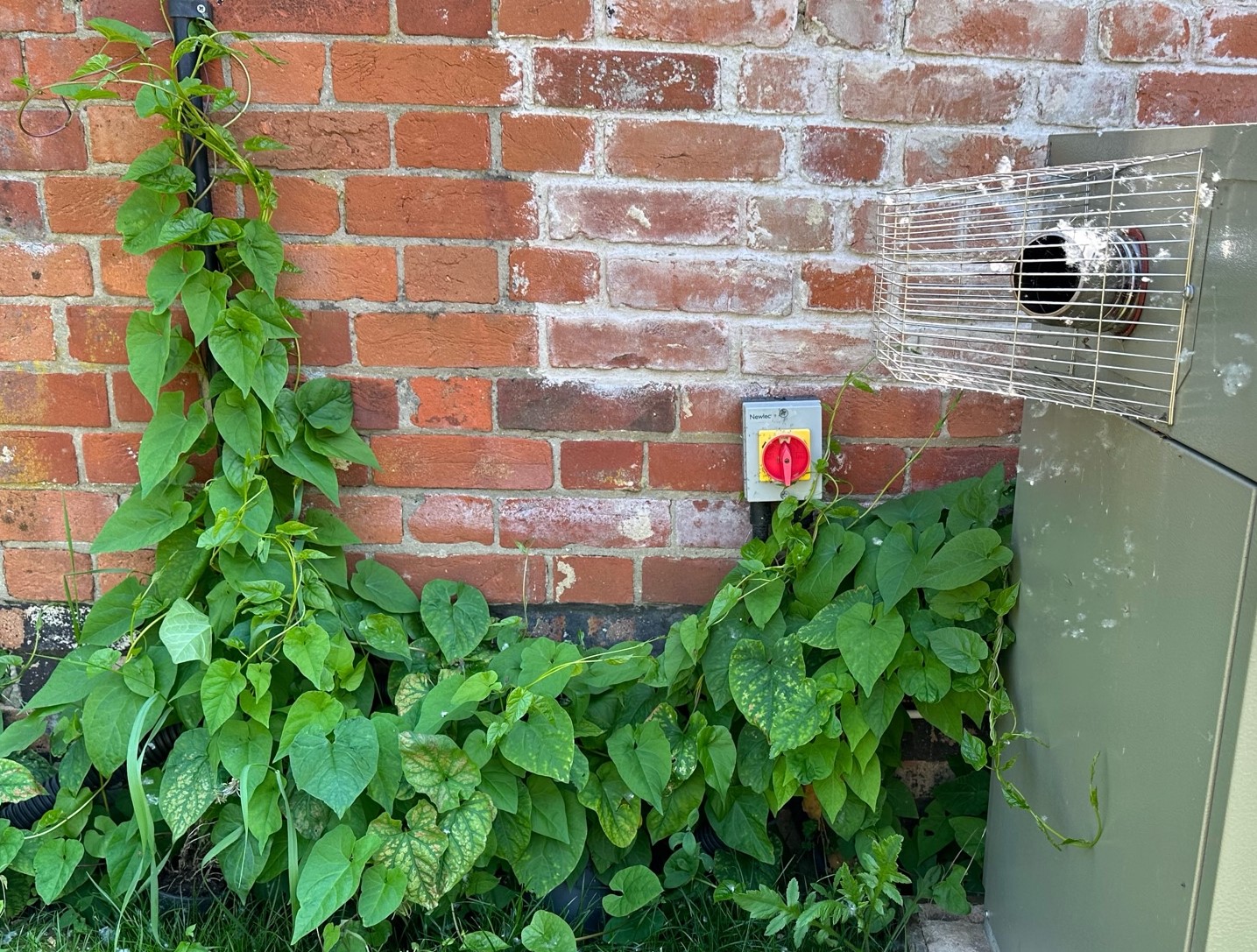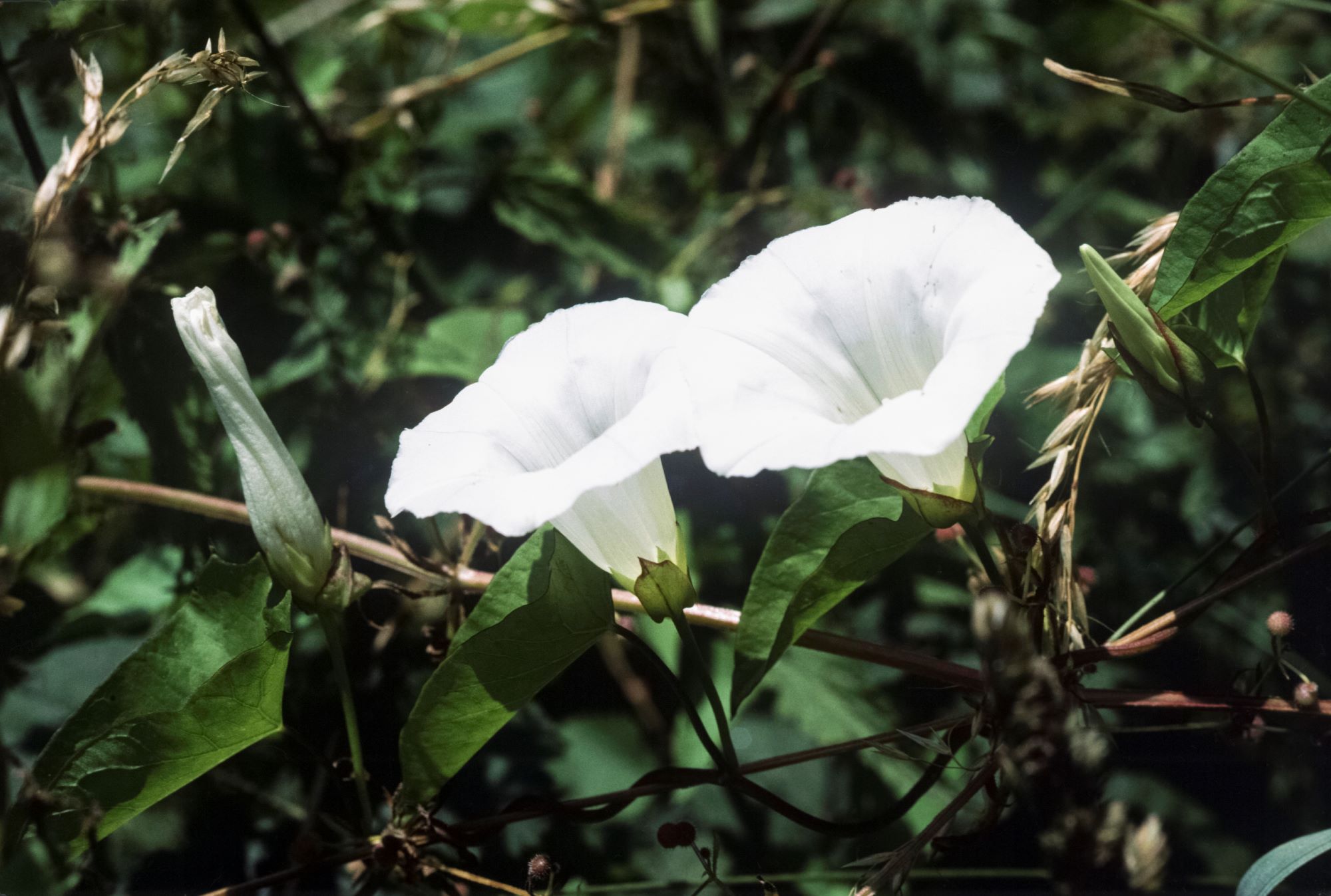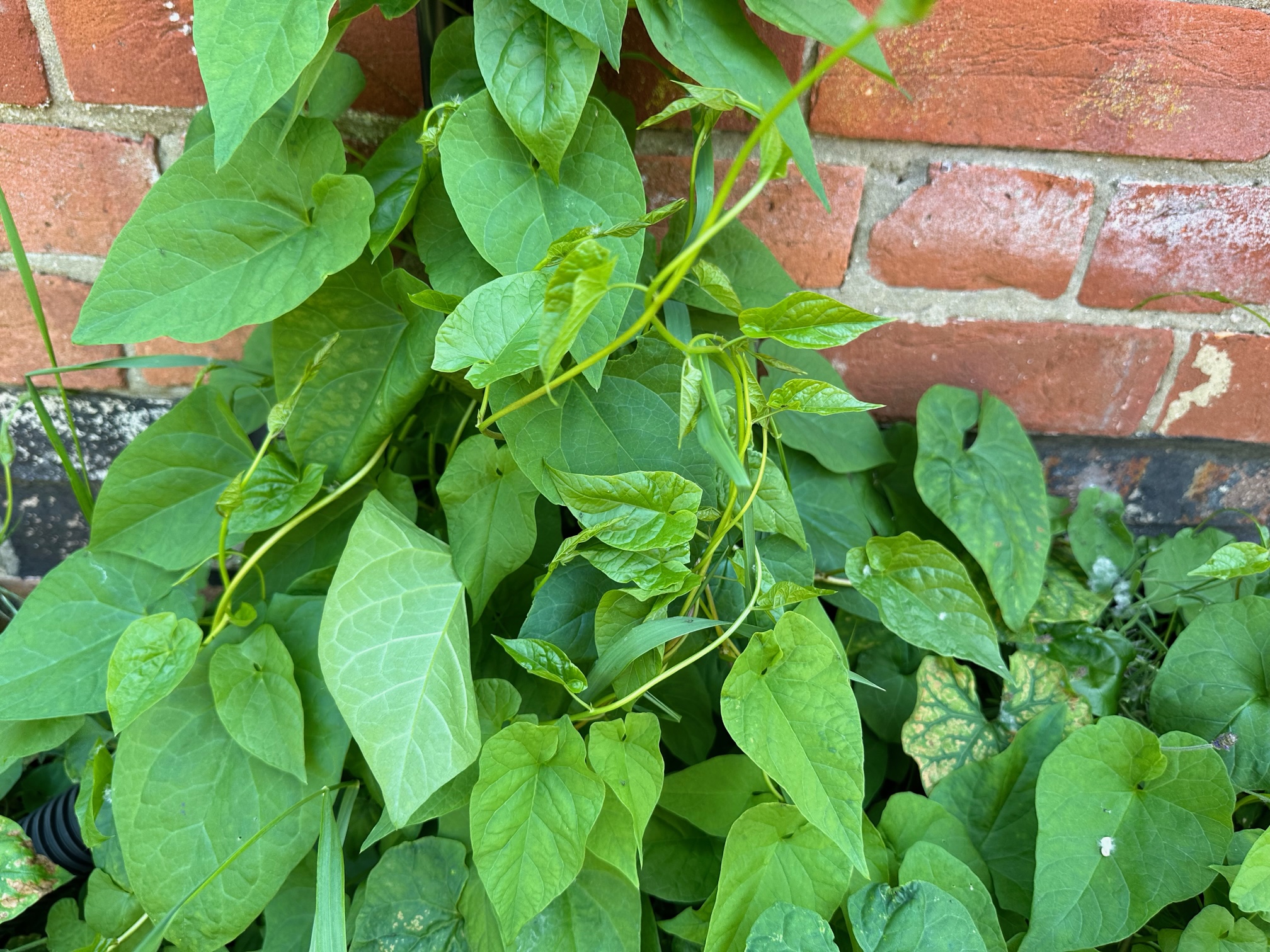
If your garden is filled with white trumpet flowers that grow at an alarming rate, you will want to know how to get rid of bindweed.
Bindweed is an invasive weed which is relentless in its pursuit of growing into spaces it shouldn’t and climbing up brickwork, pipework, garden fences and even getting inside external boilers.
Gardeners commonly used glyphosate to kill the hardy plant, but in 2015 the World Health Organization (WHO) declared it a “probable human carcinogen” after research found evidence for its toxicity, and many UK councils have banned its use and turned to chemical-free options.
Here we take a look at how to keep your garden landscaping ideas looking smart by getting rid of bindweed from your home for good.
What is bindweed and what type of weed is it?
There are two types of this pesky plant, field bindweed, botanical name convolvulus arvensis, and the hedge bindweed, botanical name calystegia sepium. They are both part of the Morning Glory family.
Bindweed was it was introduced from the US to Europe in the 1730s as an ornamental and medicinal plant. It is sometimes known as "poor man's lily" due to its trumpet-shaped blooms and how it grows in abundance.
But if left unattended it can take over your garden, forcing you to draw your focus away from any renovation or DIY jobs indoors.
Bring your dream home to life with expert advice, how to guides and design inspiration. Sign up for our newsletter and get two free tickets to a Homebuilding & Renovating Show near you.
Although a troublesome weed for many gardeners, it is worth mentioning that bindweed flowers do still provide pollen for bees and the leaves are a source of food for the larvae of convolvulus hawk moths.
It's also worth pointing out that bindweed is very different to Japanese knotweed. Knotweed is a plant that can damage the foundations of a building, and while bindweed can be a nuisance - it will not affect a building in the same way. You can read more on how to kill Japanese knotweed in our guide.

How to get rid of bindweed?
Nick Hamilton, owner of Barnsdale Gardens, says forking out the roots as much as possible and then digging out any new roots that occur is vital.
He adds: “If bindweed has established its roots around your beloved garden plants, gently loosen the soil around the plants to save and ease the bindweed roots out.
“In the summer, keep an eye out and cut and pull bindweed roots as much and as soon as possible to keep on top of the problem.”
You can also use shop-bought products such as Roundup Speed Ultra Ready To Use Pump N Go to kill weeds, including bindweed. More natural weedkillers are discussed too below.
Why is bindweed difficult to eradicate?
Nick says it has a “mega strong” roots system which intertwines around roots of other garden plants and a tiny piece of root left in the ground will re-grow.
Its roots can penetrate soil to a depth of up to 20ft and it will form new buds even 14ft below ground level.
The RHS says the roots are usually white and brittle and, if broken, are able to regenerate from a small section.
Meanwhile, field bindweed produces seeds freely and they can remain viable in the soil for several years

What kills bindweed naturally?
For a non-chemical option, try to use homemade weed killers such as baking soda and vinegar (1 x part baking soda to 2 x parts white vinegar)
“Even just boiling water can be used, just pour it onto the roots and the surrounding area,” Nick said.
The usual manual removal and cutting back methods for weeds work on bindweed, such as hoeing, hand-pulling or hand-weeding with a fork, repeated cutting and a flame gun.
For maximum effectiveness, the RHS recommends choosing a dry day with a light wind so that the seedlings will dry out on the surface of the bed rather than re-rooting into moist soil.
You can also stop the spread of bindweed using weed barriers like mulch, edging boards or strips, or root barriers.
Will vinegar kill bindweed roots?
Some gardeners recommend using vinegar to kill off bindweed leaves and stems. Vinegar can be useful for quickly tackling lots of types of weeds, thanks to its active ingredient of acetic acid.
Vinegar can help to weaken the plant and will kill the leaves, but those pesky roots could still be a problem. So, this method is best used in conjunction with digging the roots out.
The idea is to spray it onto the leaves and wait for them to wilt, but be careful because the vinegar will kill other plants too.
Sam is based in Coventry and has been a news reporter for nearly 20 years. His work has featured in the Mirror, The Sun, MailOnline, the Independent, and news outlets throughout the world. As a copywriter, he has written for clients as diverse as Saint-Gobain, Michelin, Halfords Autocentre, Great British Heating, and Irwin Industrial Tools. During the pandemic, he converted a van into a mini-camper and is currently planning to convert his shed into an office and Star Wars shrine.

